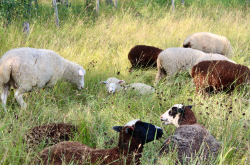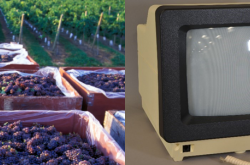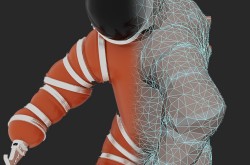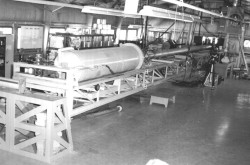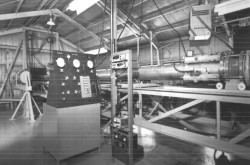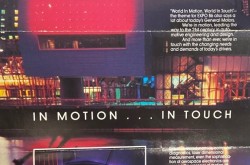The uphill race: Researching Canadian women in competitive cycling
As a recent graduate from the History honours program at Bishop’s University, I was hired as a summer researcher for Ingenium – Canada’s Museums of Science and Innovation. My mission was to write about cycling in Canada for an upcoming publication, as a continuation from The Most Benevolent Machine: A Historical Assessment of Cycles in Canada by Sharon Babaian.
When I was tasked with writing about Canada’s competitive female cyclists, I really didn’t know what to expect. What followed was an experience unlike others that I’ve had in my undergrad research paper writing experience. I had the chance to talk with three amazing cyclists who shared their experiences with me — the triumphs and challenges that occurred over their careers, as well as their hopes for the future of cycling.
Having only read about oral history interviews, the opportunity to develop and lead three of them completely changed my outlook on this method. The questions that I asked ranged from light hearted to deeply emotional, and the candor that the interviewees expressed to me was extremely humbling. I was glad when the conversations diverged from the questions, as it gave the cyclists more of a chance to express information that I didn’t necessarily touch on, much of which I included in the final paper.

At first, I started to research what exactly competitive cycling looked like as a sport in Canada. Having recently done a research paper on the 1890s bicycle craze, I felt like I was properly situated for its origins. However, much changed between the 1890s and 1960 — which was the starting year of this particular paper. Awareness and infrastructure for cycling was starting to develop in the 60s, and in tandem, cycling started to be more commonplace in Canada. Greater access initially looked like improved infrastructure and cycling clubs open to women. With greater access to the sport over the next few decades, more women started to take cycling to the competitive level, locally and internationally. Today, women participate in competitions at every level, in road cycling, para cycling and mountain biking.

In Canada, cycling was introduced to school-age children through activities at their schools like Bike Rodeo events. This image from 1976 shows boys and girls holding trophies for their Bike Rodeo wins.
The road to where we are in the present was hard fought. Along the way, many women faced blatant barriers to the sport, including funding challenges, presumed maternity bias, harassment, and coercion. Through their own fights — and with the help of organizations acting as advocates for women in sport — these issues continue to lessen. This research has taught me so much about a part of our society that remains largely unknown, and my hope is that this work will be part of a larger dialogue that focuses on Canada’s female athletes.
Enjoying the Ingenium Channel? Help us improve your experience with a short survey!






